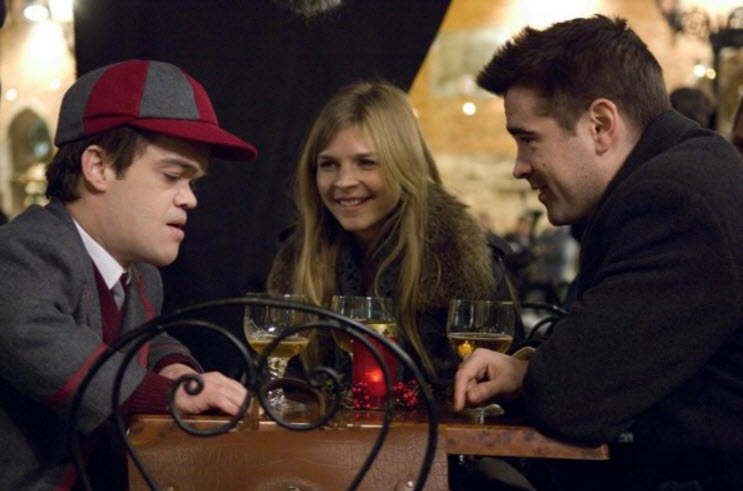The cinematic feeling of the Christopher Nolan movie Tenet (2020) stands shoulder to shoulder with any movie he has made. This statement is made in the spirit of the filmmaking, the choreography and creativity of the action scenes, and the presence of a puzzle of a plot buried in abstraction lands Tenet in an arena with Nolan‘s signature style. Does the movie live up to the definition for tenet and work as a story that audiences like?

The movie Tenet plays in a world that borrows principles that sound scientific, and quotes actual science, in building a case that a plot from the future to bend the direction of time has been created to manipulate the present in a fashion that allows some to perceive the flow of time in one direction while others perceive it flowing in the opposite, reverse direction. John David Washington, starring as an unnamed man dubbed the Protagonist, is central to the audience’s unfolding awareness of the narrative.

A stunning opening sequence at the Kyiv Opera House in Kyiv, Ukraine offers much of the key to understanding the full movie. The looping nature Tenet begins in the opera house, offering the first insight into the notion that the notion of time will run in two directions. Nolan also used the concept of indicating time moving in opposite directions in Memento (2000), to similar storytelling effect of offering relevance that will only be understood later.

It is in the theater that we first meet Neil, the handler of the Protagonist, as portrayed by Robert Pattinson. It is in the midst of the confusing melee of the attack on the opera house concert that we meet the police, the team combatting the attack that included Neil and the Protagonist, and a third party that we learn about seemingly weeks or months later when the Protagonist is debriefed by the Protagonist’s Central Intelligence Agency (CIA) boss, Fay. Fay is portrayed by Martin Donovan.

It is in the debrief that Fay points out the test that Neil and the Protagonist had suffered at the hands of the third set of actors in the Kyiv Opera House, operated by a group of secret Russians led by Andrei Sator, as portrayed by Kenneth Branagh. Getting to Sator involves contacting British intelligence officer Sir Michael Crosby, as portrayed by Michael Caine. It is through Crosby that connections to arms trafficker Priya Singh from Mumbai, India and Katherine “Kat” Barton, an art appraiser and Sator’s estranged wife, are established. Singh is portrayed by Dimple Kapadia while Barton is portrayed by Elizabeth Debicki.

The story of Tenet itself became straightforward for me at the point I had the relationships among the characters clear. The visual quality of the movie borrows experience from Dunkirk (2017), a sense of scientific sounding abstraction from Interstellar (2014), and a sense of nesting from Inception (2010). In the sense of bringing these pieces together, a definite sense of cinematic experience are applied in a way that I appreciate.
Perhaps it was in the attempt to spell out a puzzle, using a lead character without a clear sense of identity or certainty, that I felt the emotion of Tenet came up slightly short. While Nolan tied the ending realization to the opening opera house introduction of Neil and the Protagonist, Memento offered something more than I received on an emotional level, than with Tenet. I appreciate and like Christopher Nolan‘s Tenet, which I give 3.75-stars on a scale of 1-to-5.
Matt – Wednesday, May 26, 2021



